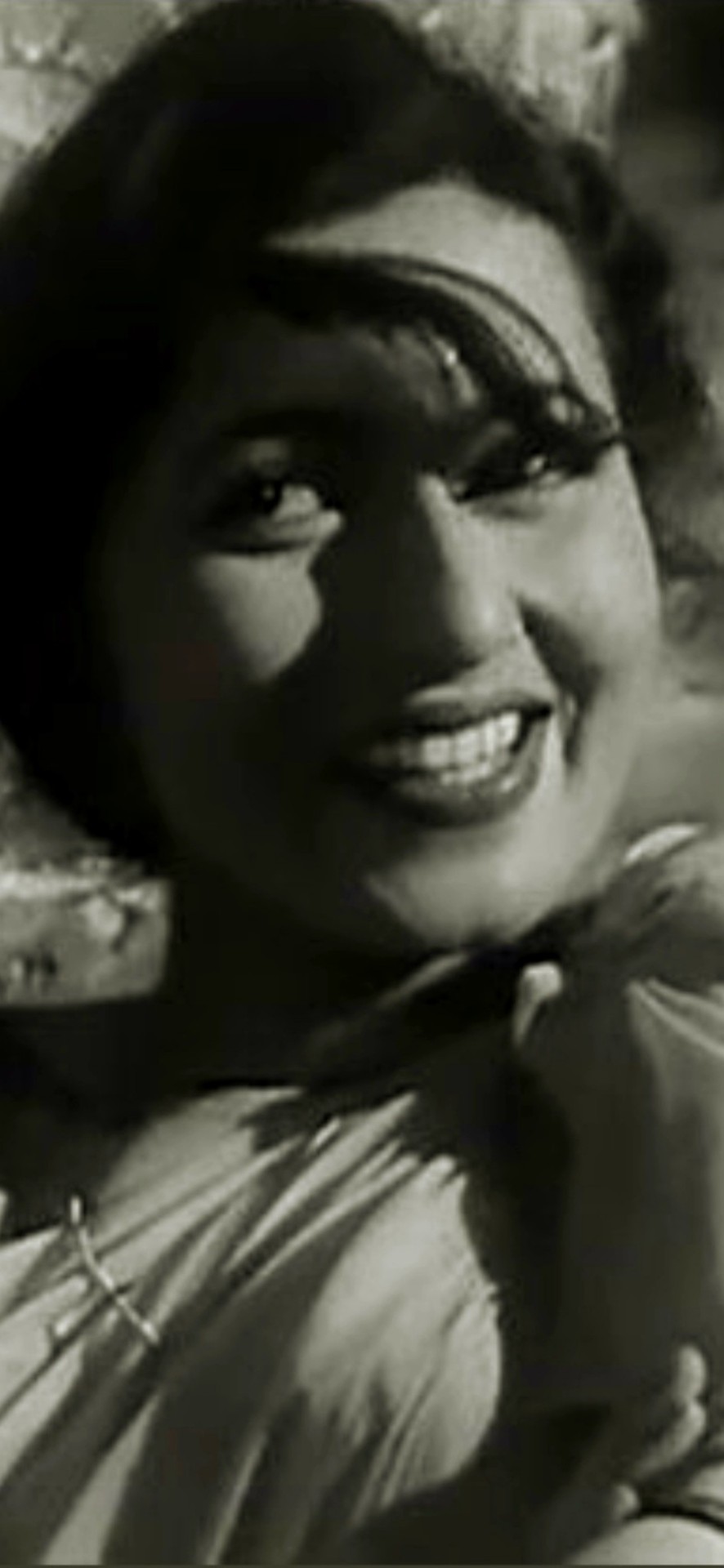#KALA PANI
Photo



Madhubala in Kala Pani (1958) // dir. Raj Khosla
#madhubala#kala pani#kala pani 1958#raj khosla#indian cinema#hindi cinema#cinema#bollywood#old bollywood#film scenes#movie scenes
114 notes
·
View notes
Text
where is the gif set of Sun and Wolfgang being stoic but Lito and Kala broadcasting their emotions (and basically ruining their cold bitch reputation)
31 notes
·
View notes
Text
Rewari News: Dharuhera में नाला टूटा गरीब नगर हुआ पानी पानी
Rewari News: Dharuhera में नाला टूटा गरीब नगर हुआ पानी पानी
धारूहेडा: औद्योगिक कस्बे में भिवाडी से आने वाले पानी के लिए बनाया गया नाला शुक्रवार को टूट गया। जिसके चलते औद्यागिक कस्बा स्थित वार्ड 17 के गरीब नगर में जलभराव हो गया। जलभराव के चलते घरो में पानी घुस गया। पानी के चलते कालोनी में त्राहि त्राहि मची हुई है।
कालोनी वासियो ने बताया बारिश के चलते राजस्थान के पानी निकासी के बनाया नाला टूट गया है। जिसके चलते काला पानी कालानी मे जमा हो गया है। करीब तीन…
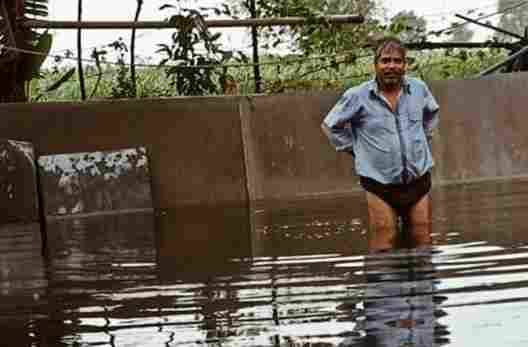
View On WordPress
#DHARUEHRA#In Dharuhera#KALA PANI#REWARI NEWS#the drain was broken#the poor city became water.#गरीब नगर#नाला टूटा
0 notes
Text
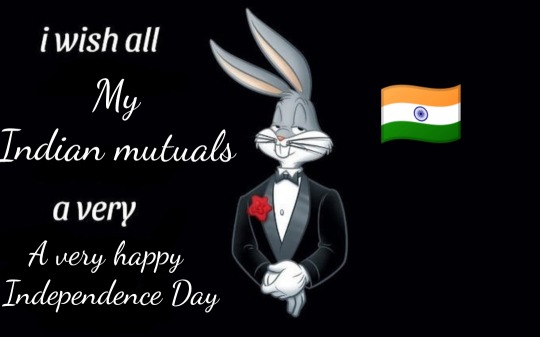
76 YEARS AND WE'RE STILL GOING!!!!!
#independence day#Like listen I have my problems w this country#But I can also acknowledge that we've gotten so far#So this independence day! I implore you to look into our history!#Find out abt kala pani and how horrific it was#Look beyond “we got independence because of gandhi and Nehru”#It wasn't a bloodless victory#It was almost two centuries of constant struggle#And that deserves far more acknowledgment than it's given#We've fought for so long and we'll continue to fight#India#Bharat mata ki jai<3#sara. exe#I love my country and want it to be better#And better starts w us
213 notes
·
View notes
Text

The Best Pani Puri Water (Vegan)
#vegan#appetizer#sauces#indian cuisine#pani puri water#cilantro#mint#chili#ginger#lemon#amchoor#tamarind#cumin#coriander#fennel seeds#black salt#kala namak#black pepper#cane sugar
6 notes
·
View notes
Text
I can’t get over the name cellular jail.....how about roomed house. how about tabled restaurant
#apparently because the cells were designed in a way so that prisoners couldn't communicate to each other -- solitary despite being grouped#but STILL#the hindi name kala pani (black water) is way better
4 notes
·
View notes
Text

“Many years ago,” began a story in a Singapore-based newspaper in 1899, “it used to be customary to transport convicts from India to this Colony.” That article profiled a courthouse scene of fisticuffs between two old men. According to the newspaper, these two ex-convicts opted “to settle their slight differences” with violence, resulting in the “junior” of the pair having “both his arms broken.” [...] Amused by the scene, the writer cast these men as relics from another time.
Convicts from South Asia were once a conspicuous presence in Southeast Asia, their handiwork visible everywhere, particularly in the built environment of Singapore.
In the twenty-first century, public acknowledgment of their achievements barely exists, elided by many in the Indian community who would rather not trace their origins to convict ancestors and erased by postcolonial governments that would rather not see their shining cities and states shaped by coerced labor. As for the roads, bridges, and buildings constructed by “servants” of the East India Company, as Indian convicts understood themselves, many have been leveled to make room for new monuments.
Convicts had a significant role in forging empires across the world. Penal transportation was a key strategy of British imperial rule, notably in the case of Australia, from the eighteenth century onward. However, the British also established penal settlements in Southeast Asia where they sent women and men from South Asia convicted of heinous crimes, including political offenses. [...]
Empire of Convicts: Indian Penal Labor in Colonial Southeast Asia tells the stories of convicts journeying across kala pani (black waters) and making their homes in Bengkulu, Penang, and Singapore, where they served extended sentences.
Despite finding themselves in novel and precarious situations, many prisoners exercised considerable agency and resisted colonial authorities, in some cases even becoming “their own warders.” Such are the tales of Fateh Khan of Banaras who emerged as the sahib and leader of the Indian convicts and soldiers in Bengkulu or Jallia who escaped from Penang and made his way back home to Gujarat or the many women and men who labored in Singapore for decades and never returned to India.
Political prisoners from South Asia lived alongside other convicts in the insular prisons of Southeast Asia. My book’s cover features the belongings of the Sikh rebel, Bhai Maharaj Singh, who fought the British in India and was held captive in Singapore in the early 1850s. These objects -- a conch shell, a finger ring, a knife, two steel quoits, a sewing needle and thread, and a religious text -- attest to persons and things dispersed across an Indian Ocean world. Empire of Convicts serves as a counterpart to well-known stories of law, crime, punishment, and prisons, and to an ongoing story of prisoners, particularly in the United States, being used for their labor and exploited by racist structures in liberal democracies.
---
All text above by: Anand A. Yang. “Forgotten Histories of Indian Convicts in Colonial Southeast Asia.” UC Press Blog (published by University of California Press). 22 January 2021. [Some paragraph breaks added by me. Image shows a portion of the cover of Yang’s book.]
105 notes
·
View notes
Text
The kala pani (lit. black water) represents the proscription of the over reaching seas in Hinduism.[1] According to this prohibition, crossing the seas to foreign lands causes the loss of one's social respectability, as well as the putrefaction of one’s cultural character and posterity.[2]
The offense of crossing the sea is also known as "Samudrolanghana" or "Sagarollanghana". The Dharma Sutra of Baudhayana (II.1.2.2) lists sea voyages as first of the offenses that cause the loss of varna.[3] The Dharma Sutra suggests a person can wipe away this offense in three years by eating little at every fourth meal time; bathing at dawn, noon and dusk; standing during the day; and seated during the night.[4]
The reasons behind the proscription include the inability to carry out the daily rituals of traditional Hindu life and the sin of contact with the characterless, uncivilized mleccha creatures of the foreign lands.[5] An associated notion was that crossing the ocean entailed the end of the reincarnation cycle, as the traveler was cut off from the regenerating waters of the Ganges. Such voyages also meant breaking family and social ties. According to another belief in the pre-modern India, the Kala Pani (sea water) was inhabited by the houglis, bad spirits and monsters.[6]
The Tirupati Temple does not allow a priest who has crossed the seas to enter the temple's sanctum sanctorum.[18]
In 2007, the ascension of Sugunendra Tirtha to the Udupi Krishna Temple was opposed by some seers, because he had visited foreign countries, thus committing the offence of saagarolanga (crossing the sea).[19] In 2008, a court verdict formally allowed his ascension.[20] In 2012, both he and his opponent Vishwesha Teertha announced fasts to pressure each other on the issue.[21]
Vishnunarayanan Namboothiri, a noted poet who served as a priest at the Sreevallabha Temple, was not allowed to enter the temple after he returned from an overseas trip to London. The temple authorities, led by the thantri (chief priest), asked him to undergo a thorough cleansing, penance and punaravrodha (reinstallation) before he would be allowed in again.[22] Namboothiri was asked to purify himself by reciting the Gayatri Mantra 1008 times, which he refused to do. The Rashtriya Swayamsevak Sangh supported him, calling the taboo an "outdated ritual".[23] The Travancore Devaswom Board also supported him, and fired two of its officials for refusing to support his reinstatement. After the board served the thantri a show-cause notice, Namboothiri was allowed back after purification by sprinkling of holy water (theertham).[24]
55 notes
·
View notes
Text

Dilip Kumar’s tribute to Dev Anand 12th March 2017.
I am just a year senior to Dev Anand. All three of us, Raj, Dev and I, started our careers around the same time in the mid-1940s. I still have fond memories of Dev and I travelling by local train to look for work in various studios. We developed a good rapport within a short period and Dev became a dear family friend, especially of my younger brother, Nasir Khan.
By the late 1940s all of us were able to gain a strong footing in filmdom. Raj and I achieved stardom with “Shaheed”, “Andaz” and “Barsat”. Dev rose to heights with “Ziddi” and “Baazi”. We shared a decent professional rapport and a mutual set of unspoken ethics right from the beginning. Though nothing was put into words, we shared a silent regard for each other.
There were frequent meetings between us when we would discuss and analyse each of our works. We had humorous moments also when Raj would imitate me and Dev immaculately. They were such beautiful moments as we were competitors, not rivals.
Dev’s plus point was that he was very co-operative with every co-star and technician. He had devastating looks and a smile which till date no other actor has. Whenever he received the right script and an imaginative director, he gave superb performances as in “Kala Pani”, “Asli Naqli” and “Guide”. Among us, he was the best in performing romantic scenes.
I had the good fortune of sharing space on screen with Dev Anand in Gemini’s “Insaniyat” in 1955. Directed by the respected S.S. Vasan, it was a costume drama. So generous was Dev that he cancelled dates of his own production shooting to accommodate dates with me. I personally saw how he helped junior artists by giving them take after take so that they could prove their worth. He never neglected anyone.
We made it a point to attend each other’s family functions. I attended his sister’s marriage in the mid- 1950s and daughter Devina’s marriage in 1985. Dev was present with wife Mona throughout my marriage function with Saira Banu in 1966 and also other events at our Pali Hill residence. We met like family members and never did our profession come into our relations.
Perhaps the most important visit, I, Raj and Dev did was to see Pandit Jawaharlal Nehru, then India’s Prime Minister, prior to his demise. We discussed many issues together. Just as I addressed him as Dev, he addressed me as Lale.
I am shocked and grief struck to learn about his sad demise in London suddenly. My 89 birthday will be my saddest one as I will miss my dear Dev who I am sure would come, hug and greet me saying, “Lale, Tu Hazar Saal Jiyega.” Dev, Kahan Chale Gaye Mujhe Chod Ke.”
5 notes
·
View notes
Text
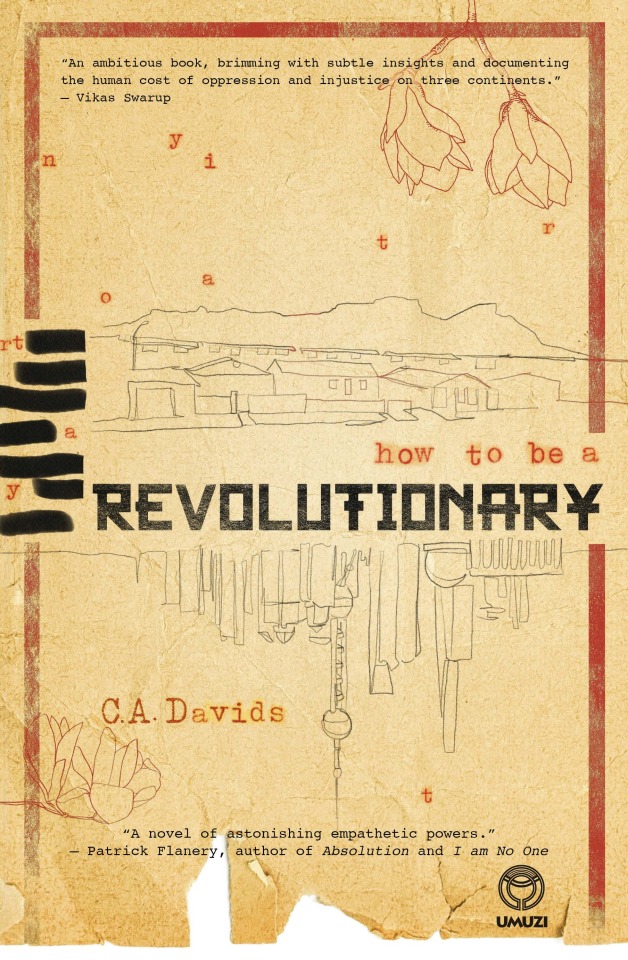
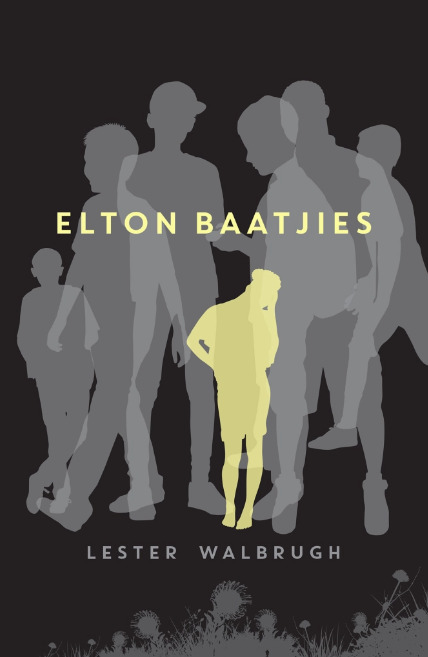

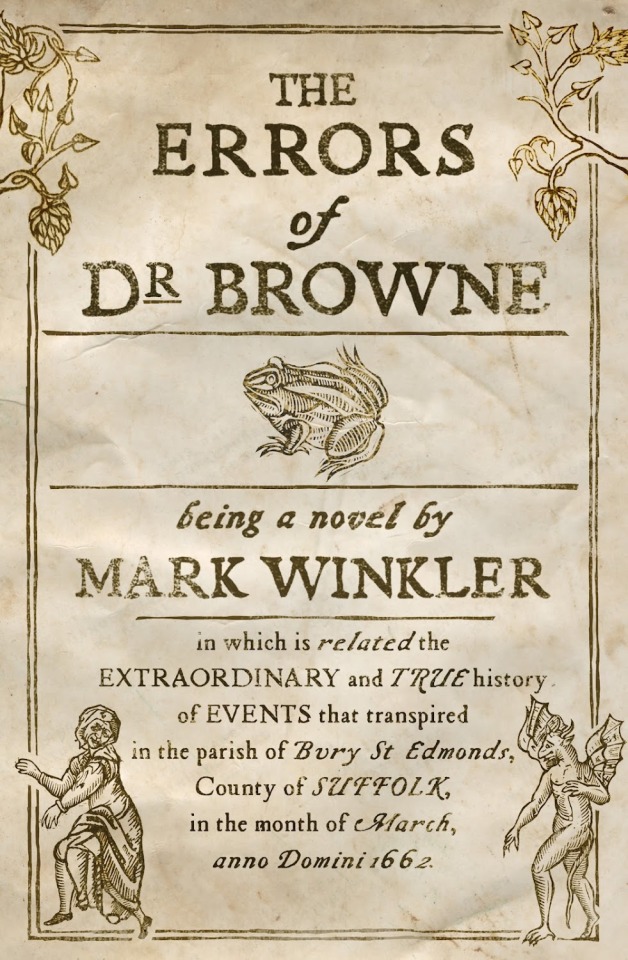

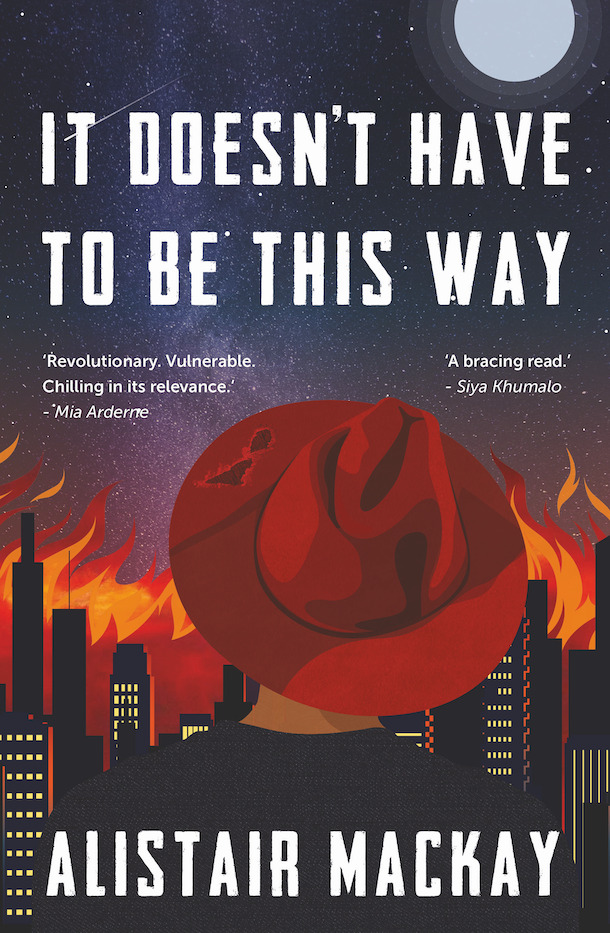


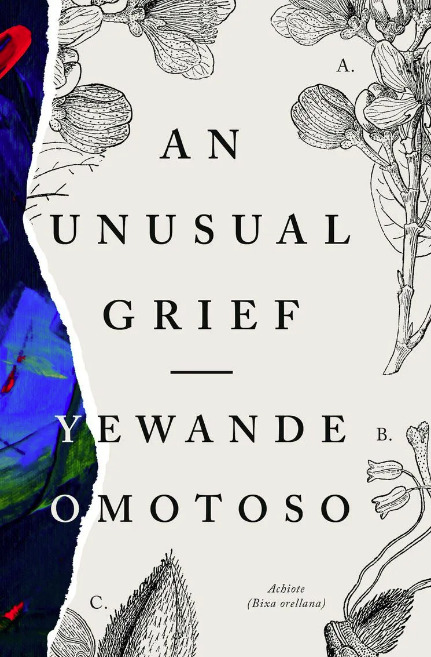
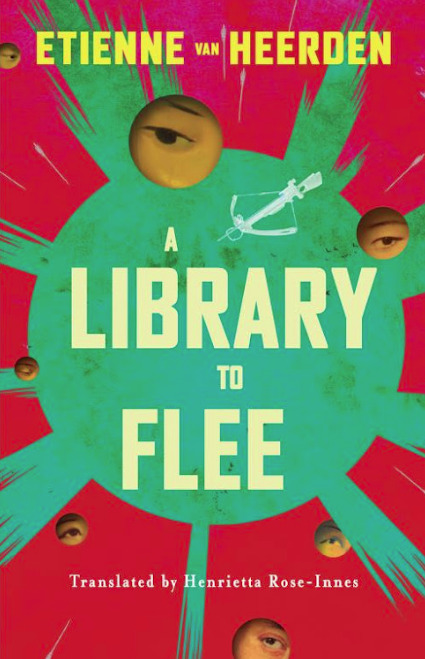
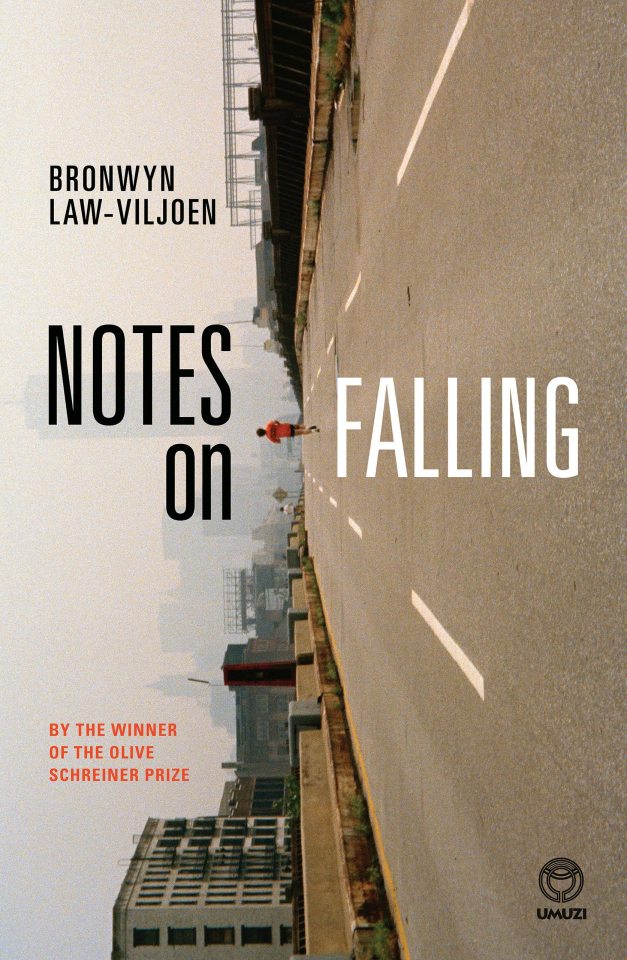




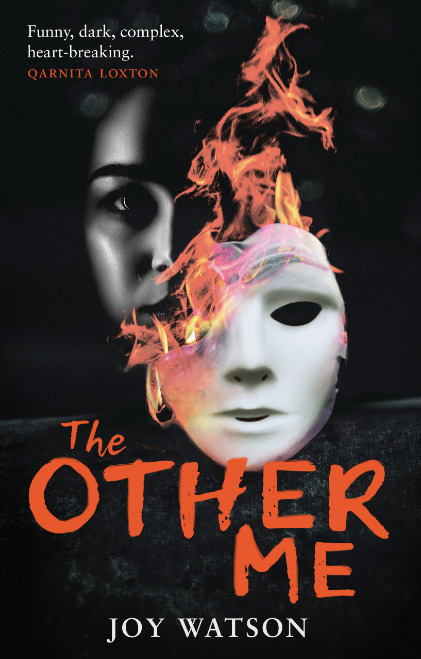

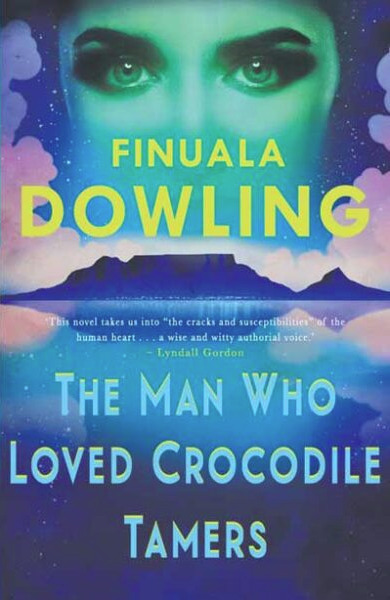


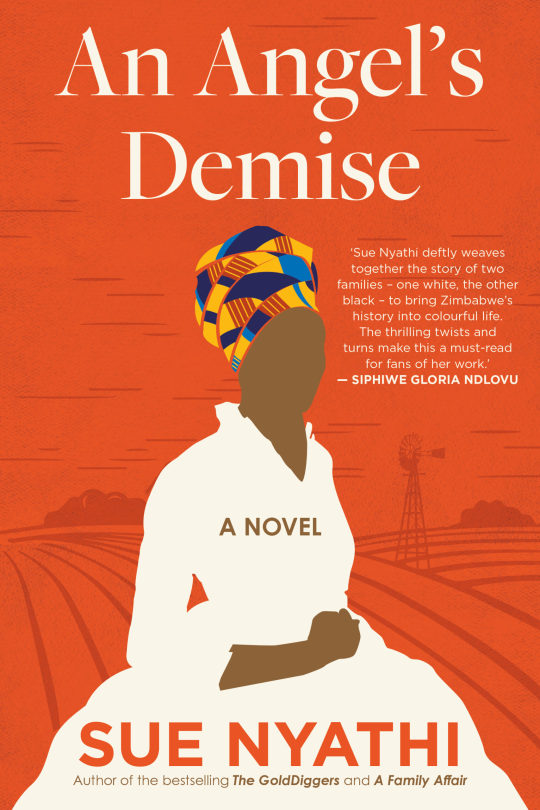
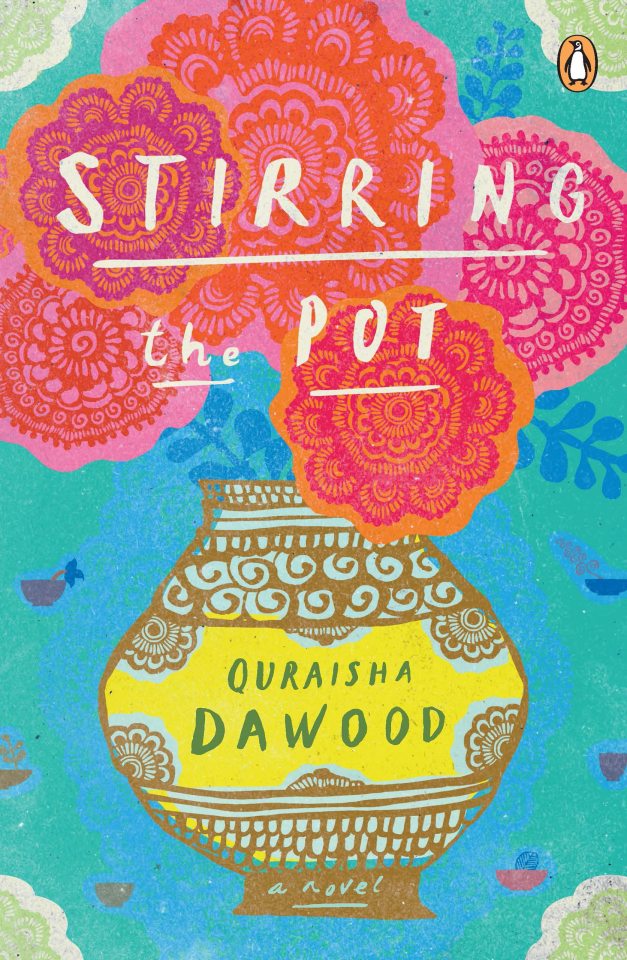

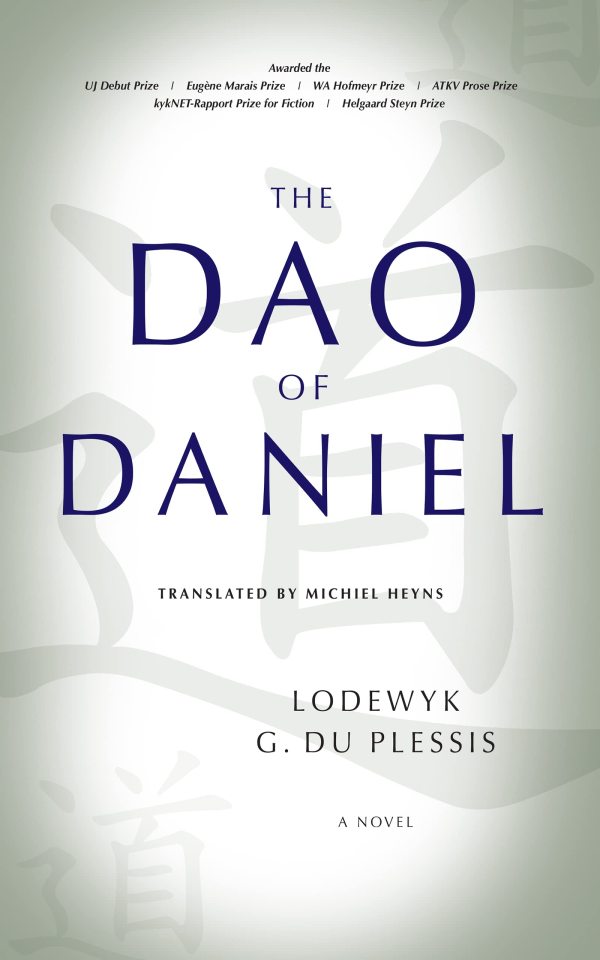

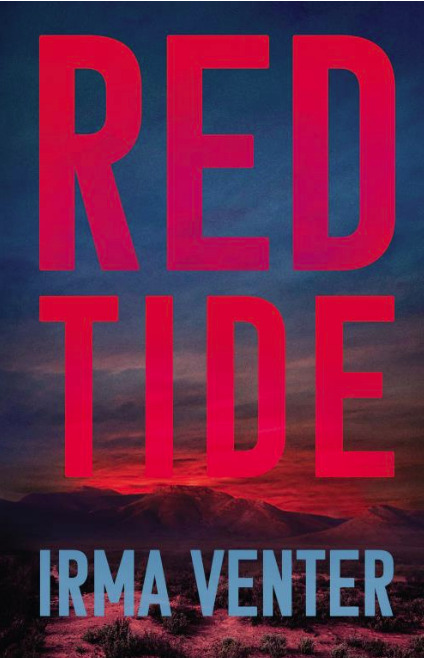

The Sunday Times Literary Awards Fiction longlist
Fiction Longlist - listed by order of author's surname
In The Shadow of the Springs I Saw by Barbara Adair (Modjaji Books)
The Heist Men by Andrew Brown (Penguin Fiction)
How to be a Revolutionary by CA Davids (Umuzi)
Stirring the Pot by Quraisha Dawood (Penguin Fiction)
The Man Who Loved Crocodile Tamers by Finuala Dowling (Kwela)
The Dao of Daniel by Lodewyk G du Plessis and translated by Michiel Heyns (Tafelberg)
Chasing Marian by Amy Heydenrych, Qarnita Loxton, Pamela Power and Gail Schmillel (Pan Macmillan)
Peaches and Smeets by Ashti Juggath (Modjaji Books)
Two Tons o’ Fun by Fred Khumalo (Umuzi)
Notes on Falling by Bronwyn Law Viljoen (Umuzi)
It Doesn’t Have to Be This Way by Alistair Mackay (Kwela)
The Daughters of Nandi by Nokuthula Mazibuko Msimang (Paivapo)
The Second Verse by Onke Mazibuko (Penguin Fiction)
Things My Mother Left Me by Pulane Mlilo Mpondo (Blackbird Books)
Across the Kala Pani by Shevlyn Mottai (Penguin Fiction)
The Quality of Mercy by Siphiwe Gloria Ndlovu (Penguin Fiction)
Hammerman: A Walking Shadow by Mike Nicol (Umuzi)
An Angel’s Demise by Sue Nyathi (Pan Macmillan)
An Unusual Grief by Yewanda Omotoso (Jonathan Ball Publishers/Cassava Republic Press)
The Eye of the Beholder by Margie Orford (Jonathan Ball Publishers)
In The Midst of it All by Thabile Shange (Kwela)
A Dalliance with Destiny by Aman Singh Maharaj (Austin Macauley Fiction)
A Library to Flee by Etienne van Heerden and translated by Henrietta Rose-Innes (Tafelberg)
Red Tide by Irma Venter and translated by Karin Schimke (Tafelberg)
Elton Baatjies by Lester Walbrugh (Karavan Press)
The Other Me by Joy Watson (Karavan Press)
The Errors of Dr Browne by Mark Winkler (Umuzi)
4 notes
·
View notes
Photo

Madhubala and Dev Anand in Kala Pani (1958)
#madhubala#dev anand#kala pani#kala pani 1958#indian cinema#hindi cinema#cinema#raj khosla#bollywood#old bollywood#films#movies#screencaps#bollywood movies#film scenes#movie scenes#indian films#classic cinema#world cinema
17 notes
·
View notes
Text
Who is "Neera Arya" Today, I want to uncover the remarkable saga of Neera Arya, a name that time almost forgot but a legacy that deserves to shine.
Neera's story began on March 5, 1902, in the picturesque town of Khekra Nagar, Baghpat, Uttar Pradesh. A girl sent to Kolkata for education, she grew into a woman whose heart resonated with an unwavering love for her homeland.
As the flames of India's struggle for freedom swept the nation, Neera found herself drawn to the courageous Rani Jhansi Regiment of the Azad Hind Fauj, led by the visionary Netaji Subhash Chandra Bose. She transformed into a fierce warrior, fighting not just for herself but for the liberation of her beloved land. Fate wove a complex tapestry when Neera married Srikant Jai Ranjan Das, a British Army Officer and CID Inspector. Their union, however, was marked by clashing ideologies. Srikant's relentless pursuit of Netaji's secrets was met with Neera's unwavering commitment to the Azad Hind Fauj. Love collided with loyalty, a struggle that would shape their destiny.
Tensions escalated until one fateful day when Srikant's desperate bid to eliminate Netaji led to tragedy. Although Netaji survived, Neera's world was forever altered. Driven by a potent blend of anger and allegiance, she made the heart-wrenching decision to protect her cause by ending her husband's life. The echoes of her sacrifice would resonate through time.
Neera's path diverged into the dark corridors of the infamous Kala Pani prison in the Andaman and Nicobar Islands. Here, the British authorities tried to shatter her spirit, using unspeakable torture to extract information. Yet, in the midst of unimaginable suffering, Neera's spirit remained unbreakable, a fortress of resilience against their cruelty.
Day after day, Neera endured torment, her steadfastness turning into a testament of fortitude. Even when faced with an excruciating act of brutality that aimed to break her, she held her ground. The British authorities' tools of pain couldn't compel her to reveal Netaji's whereabouts. Her silence echoed the cries of an unyielding soul.
With India's long-awaited independence, Neera stepped out from the shadows of captivity. But the world she emerged into was unkind. Stripped of recognition and respect, she found herself dwelling in a modest roadside hut. Life's injustices knew no bounds as even her shelter was taken away, leaving her bereft and homeless.
On July 26, 1998, Neera's journey came to an end, marked by obscurity despite her monumental sacrifices. Her story is a poignant reminder of the countless unsung heroes whose valor and sacrifice remain hidden in the folds of history.
Let us remember Neera Arya and others like her who stood tall in the face of adversity. Let's ensure that their stories are etched into the fabric of our shared history. Together, let's acknowledge and honor these silent heroes who painted the canvas of India's independence with their blood, sweat, and tears.
Thank you for joining me in this voyage of remembrance. Feel free to share Neera Arya's story, ensuring her legacy lives on.
If you would like to read my answers, click here Sanatan Explorer
Thanks for reading ❤✔
namastey 🙏
2 notes
·
View notes
Text
पूर्व विधायक रणधीर सिंह कापड़ीवास ने मुख्यमंत्री से की मुलाकात, रखी ये मांग
पूर्व विधायक रणधीर सिंह कापड़ीवास ने मुख्यमंत्री से की मुलाकात, रखी ये मांग
Haryana News : पूर्व विधायक रणधीर सिंह कापड़ीवास ने नई दिल्ली स्थित हरियाणा भवन में मुख्यमंत्री मनोहर लाल से की मुलाकात। पूर्व विधायक कापड़ीवास ने मुख्यमंत्री के समक्ष भिवाड़ी से धारूहेड़ा से आ रहे रसायन युक्त गंदे पानी के समाधान को लेकर चर्चा की।
पूर्व विधायक ने मुख्यमंत्री को बताया कि रसायन युक्त पानी को शुद्ध करना राजस्थान सरकार की नैतिक जिम्मेदारी बनती है, जिसे निभाने में राजस्थान सरकार…

View On WordPress
#CM haryana#MLA kapriwas#BHIWADI NEWS#KALA PANI#Randhir Singh Kapriwas met the Chief Minister#पूर्व विधायक KAPRIWAS#रणधीर सिंह कापड़ीवास
0 notes
Text
INDIES TOP 1036 BOLLYWOOD MUSIC ALBUMS OF ALL TIME!
1. .Pakeezah (1970)
2. .Kaagaz Ke Phool (1959)
3. .Aradhana (1969)
4. .Kati Patang (1970)
5. .Safar (1970)
6. .Amar Prem (1970)
7. .Prem Kahani (1975)
8. .Do Raaste (196 )
9. .Anand (1971)
10. .Prem Nagar (1974)
11. .Basant Bahar (196 )
12. .Babul (1950)
13. . Barsaat (1949)…
14. .Bambai Ka Babu (196 )…
15. .Pyaasa (1957)
16. .Uran Khatola (1955)
17. .Asli Naqli (196 )
18. .Shahjehan (1946)
19. .Nau Do Gyarah (1957)…
20. .Disco Dancer (1982)
21. .Ek duuje ke Liye (198 )
22. .Parakh (1960)
23. .Daag: A Poem of Love (1973)
24. .Bhabhi (1957)
25. .Teesri Manzil (1966)
26. .Sachcha Jhutha (1969)
27. .Guide (1965)
28. .CID (1956)….
29. .Love Story (1981)...
30. .Anurodh (197 )
31. .Aap Ki Kasam (1974)
32. .Baharon ke sapne (1967)
33. .Souten (1983)
34. .Mehboob ki Mehndi (1971)
35. .Saraswatichandra (196 )
36. .Jis desh mein Ganga behti hai (195 )
37. .Madhumati (1958)
38. .Tansen (1943)
39. .Do Aankhen Barah Hath (195 )
40. .Shirdi ke Sai Baba
41. .Dil Diya Dard Liya (196 )
42. .Satyam Shivam Sundaram (1978)
43. .Mughal-e-Azam (196 )
44. .Anari (195 )
45. .Namak Haraam (1973)
46. .Dil Ek Mandir (1963)
47. .Seema (195 )
48. .The Train (1970)
49. .Haathi Mere Saathi (1971)
50. .Joru Ka Ghulam (197 )
51. .Bandini (1963)
52. .Bawarchi (1971)
53. .Dil Apna Aur Preet Parai (196 )
54. .Saagar (1985)
55. .Ek Dil Sau Afsane (1963)
56. .Apna Desh (1972)
57. .Mela (1948)
58. .Pyar Mohabbat (1966)
59. .Solva Saal (1958)
60. .Dr. Vidya (1962)
61. .Chalti Ka Naam Gaadi (1958)
62. .Dil Hi To Hai (1963)
63. .Dushmun (1971)
64. .Tyaag (1977)
65. .Mere Jeevan Saathi (1972)
66. .Ganga Jumna (1961)
67. .Kala Pani (1958)
68. .Hum Dono (1961)
69. .Naya Daur (1957)
70. .Sanjog (1960)
71. .Chaudhvin ka chand (1960)
72. .Anuraag (1972)
73. .Teen Devian (1965)
74. .Teesri Kasam (196 )
75. .Taj Mahal (196 )
76. .Son of India (196 )
77. .Kismet (1943)
78. .Junglee (1961)
79. .Kathputli (1957)
80. .Tere Ghar Ke Saamne (1963)
81. .Anupama (196 )
82. .Aakraman (1975)
83. .Bundalbaaz (1976)
84. .Aavishkar (1974)
85. .Jab Pyar Kisise Hota hai (1961)
86. .Mahal (1949)
87. .Kabhi Kabhie (1977)
88. .Bhai Bhai (195 )
89. .Rani Rupmati (195 )
90. .Jai Santoshi Maa (197 )
91. .Aan Milo Sajna (197 )
92. .Waqt (196 )
93. .Mera Saaya (1966)
94. .Love Marriage (1959)
95. .Samadhi (1972)
96. .Chandni (198 )
97. .Aag (1948)
98. .Musafir (1957)
99. .Tarana (1950)
100. . Silsila (198 )
101. .Aandhi (197 )
102. .Albela (1951)
103. .Prince (1969)
104. .Pagla Kahin Ka (1970)
105. .An Evening In Paris (1967)
106. .Chhote Sarkar (1974)
107. .Preetam (1971)
108. .Dillagi (1949)
109. .Hatyara (1977)
110. .Ajnabee (1974)
111. .Anokhi Raat (1968 )
112. .Mehbooba (1976)
113. .Dil Daulat Duniya (1972)
114. .Duniya (1968)
115. .Paraya Dhan (197 )
116. .Naukri (1978)
117. .Lamhe
118. .Saajan (1969)
119. .Mera Naam Joker (1970)
120. .Kashmir Ki Kali (1964)
121. .Lal Kunwar (1952)
122. .Pyar Kiye Jaa (196 )
123. .Kinare Kinare (1963)
124. .Aashiq (1962)
125. .Mukti (1977)
126. .Boot Polish (1954)
127. �� .Shree 420 (1955)
128. .Phagun (1958)
129. .Dil deke dekho (195 )
130. .Parichay (197 )
131. .Khamoshi (1969)
132. .Nagin (1954)
133. .Aa Gale Lag Jaa (1973)
134. .Himalay Ki God Mein (1965)
135. .Jaagte raho (195 )
136. .Prem Pujari (197 )
137. .Bombay (1995)
138. .Mere Sanam (196 )
139. .Sargam (197 )
140. .Daag (1952)
141. .Professor (196 )
142. .Gambler (1971)
143. .Tumse Achha Kaun Hai (1969)
144. .Tinku (1977)
145. .Yahudi (1958)
146. .Nikaah (198 )
147. .Lal Patthar (196 )
148. .Dhanwan (1981)
149. .Prem Bandhan (1979)
150. .Ziddi (1948)
151. .Mera Desh Mera Dharam (1973)
152. .Manoranjan (1974)
153. .Talash (1969)
154. .1942 A Love Story
155. .Raja Rani (1973)
156. .Bluff Master (1963)
157. .Ishk Ishk Ishk (1974)
158. .Munimji (1955)
159. .Andaz (1949)
160. .Bhola Bhala (1978)
161. .Maryada (197 )
162. .Brahmachari (1968)
163. .Loafer (1973 )
164. .Andaz (1971)
165. .Amar Deep (1979)
166. .Avtaar (1983)
167. .Maha Chor (1976)
168. .Rajput (1981)
169. .Jewel Thief (1967)
170. .Roti (1974)
171. .Sazaa (1951)
172. .Hare Rama Hare Krishna (1971)
173. .Khel Khel Mein (1975 )
174. .Banarasi Babu (1973)
175. .Waris (1969 )
4 notes
·
View notes
Text
Where to Discover the Rich Cultural Heritage of the Andaman Islands
The Andaman Islands, located in the Bay of Bengal, are not only known for their stunning beaches and diverse ecosystems but also for their vibrant cultural heritage. These islands have been home to indigenous tribes and have a fascinating history of colonization and migration. In this article, we will take a journey through the Andaman Islands to explore the rich cultural heritage that is woven into the fabric of these enchanting islands.
Indigenous Tribes: Guardians of Tradition: The Andaman Islands are home to several indigenous tribes, each with its distinct culture and way of life. Encounter the Jarawa, Sentinelese, Onge, and Great Andamanese tribes, who have inhabited these islands for thousands of years.
Anthropological Museums: To gain a deeper understanding of the indigenous tribes and the history of the Andaman Islands, visit the various anthropological museums scattered across the islands.
Cellular Jail: A Testament to Resilience: The Cellular Jail, located in Port Blair, stands as a solemn reminder of the islands' colonial past. Visit this historical site, often referred to as "Kala Pani," and learn about the brutal conditions endured by Indian freedom fighters who were imprisoned here during British rule.
Cultural Performances and Festivals: Experience the vibrant cultural heritage of the Andaman Islands through traditional dance and music performances. Witness the rhythmic movements of the Nicobari dance, the tribal performances by the indigenous communities, and the melodic tunes of folk music.
Local Cuisine and Handicrafts: Indulge in the flavors of the Andaman Islands by exploring the local cuisine. Sample seafood delicacies, such as crab curry and grilled fish, and savor the unique blend of Indian and Southeast Asian influences in the island's culinary offerings.
Conclusion: The Andaman Islands offer a captivating journey through their rich cultural heritage. From the indigenous tribes with their ancient traditions to the remnants of colonial history at the Cellular Jail, the islands are a treasure trove of cultural experiences. By immersing ourselves in the local customs, visiting anthropological museums, witnessing cultural performances, and savoring the local cuisine, we can gain a deeper appreciation for the diverse tapestry of cultures that have shaped the Andaman Islands. Discovering the cultural heritage of the Andaman Islands is not just a journey through time; it is an opportunity to celebrate the resilience and vibrancy of the island's inhabitants.
If you want to have a memorable Andaman holiday, exotic Andaman packages are the way to go.
Quick Info:
Route: Port Blair - Havelock Island - Baratang Island - Ross Island and North Bay - Port Blair
Duration: 7 Days / 6 Nights
Start Point/End Point: Port Blair
Check out their website to learn more. exoticandaman.in
Email: [email protected]

4 notes
·
View notes
